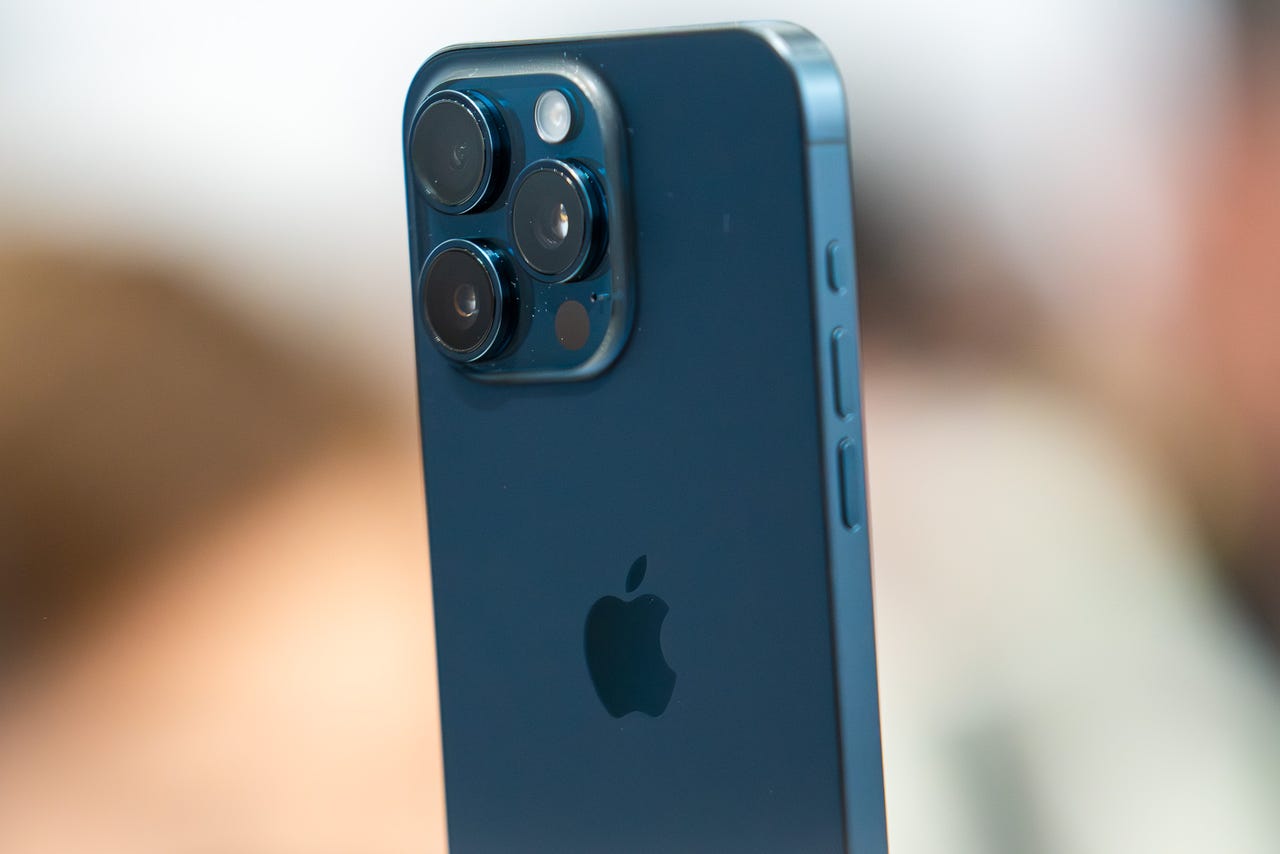

In my experience, no topic has generated more articles, blog posts, and YouTube videos than how to get the best possible battery life from your iPhone. It’s the topic on which I’ve received the most questions and comments. People are obsessed with their iPhone’s battery life and getting the longest runtime possible from every charge.
Also: The best iPhone power banks you can buy
Every minute of runtime, every percentage point of battery life matters. But if people are obsessed with charging, why does it make sense to sacrifice 20% — or, to put that another way, one-fifth — of your battery’s capacity?
Built into iOS on the iPhone 15 lineup is a feature Apple calls “80% Limit”.
The 80% Limit setting for the iPhone 15 line in iOS 17.
Screenshot by Adrian Kingsley-Hughes/ZDNET
This feature expands on the original concept of optimized battery charging, which previously limited overnight charging to 80% for most of the night, topping it up to full only an hour or so before the user normally wakes up. The new feature makes 80% a permanent limit:
Want to try this feature out? If you have an iPhone 15, tap on Settings > Battery > Charging Optimizations.
The hope is that the Charging Optimizations feature will improve the lifespan of your iPhone battery, which Apple now says can hit 1,000 recharge cycles, given that a large proportion of the chemical wear that batteries experience happens when charging from 80% to 100%.
I’ve been curious about this feature, so over the past few weeks, I’ve been testing to see if it’s possible for me — someone who has been obsessed with his battery — to live with 20% less battery life. Of course, it’s too soon to comment on whether this feature affects battery wear, so I’ll have to revisit this topic in a year or so to see the long-term results.
Also: How to turn on 80% charging limit on the iPhone 15 to save battery health
In the meantime, I was interested in whether a 20% reduction in battery life would be a big problem. It turns out that after the first few days of battery-induced anxiety, I no longer thought about or noticed the reduced battery level.
Initially, starting the day with only an 80% charge felt super-weird — as if I had already used my iPhone extensively. However, reflecting on my usage patterns before this experiment, I realized I’d rarely end the day with less than 35% charge on my iPhone 14 Pro Max. The iPhone 15 Pro Max performed even better.
For a heavy user like myself, an 80% charge is enough to get me through a regular day. So I decided to push my iPhone harder and take the risk.
I embarked on a hike with my iPhone 15 Pro Max, using it to plan and navigate, take photos and videos for a product review, and, unexpectedly, document the extensive mud I encountered along the way. I decided not to bring a power bank, viewing that as “cheating.”
Also: Apple doubles the lifespan of your iPhone 15’s battery, no update required
I expected the hike and product review to take about eight hours, during which my iPhone would be heavily used. The challenge was amplified by the cold and wet weather, conditions known to deplete battery life more rapidly.
Everything turned out OK. I started the hike with an 80% charge and returned to the car with a 48% charge, along with a wealth of videos and photos (some of which aren’t of mud).
I took many photos of mud and still had loads of battery life at the end of the day.
Adrian Kingsley-Hughes/ZDNET
I formed two strategies to help smooth the transition to a “smaller” battery.
The first one is practical. I’ve found micro top-ups of charge to be very effective. Spending just a few minutes on the charging mat, a car charger, connected to a power bank, or plugged into a wall charger can make a significant difference. And here, I’m talking about just a few minutes — no more.
Another strategy that’s had a significant impact is psychological. I’ve disabled the battery percentage display on my iPhone. Instead of noticing each percentage point drop, I now focus on the bigger picture.
Also: Can you safely revive a dead lithium-ion battery? Yes – here’s how
If you have the battery percentage feature enabled and wish to disable it, tap on Settings > Battery and then toggle off Battery Percentage.
The bottom line: the iPhone 15 Pro Max has more than enough power to get me through the day, even with reduced battery capacity. If I’m traveling or need the best possible battery life, then I’ll carry a power bank or disable the 80% limit. But for most days, the 80% limit is not a problem.

